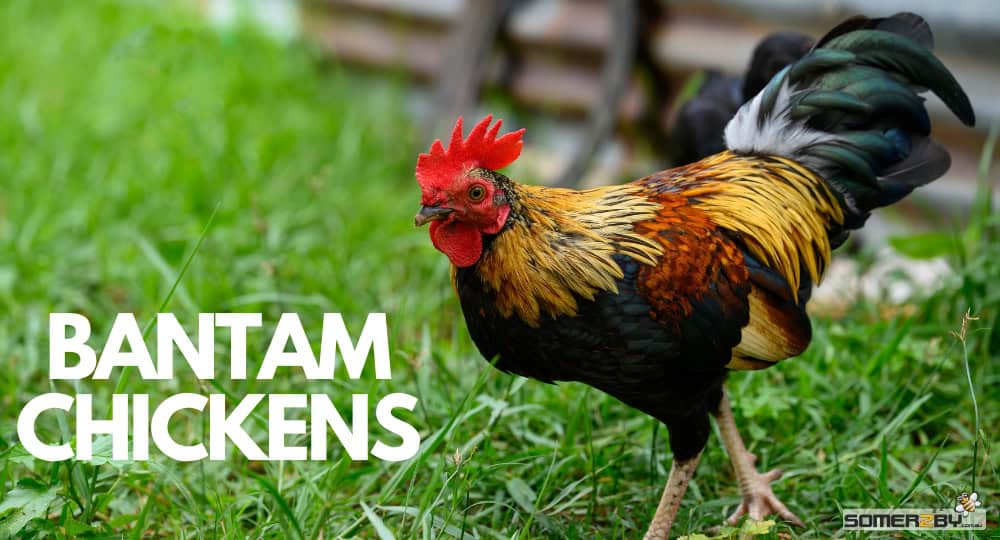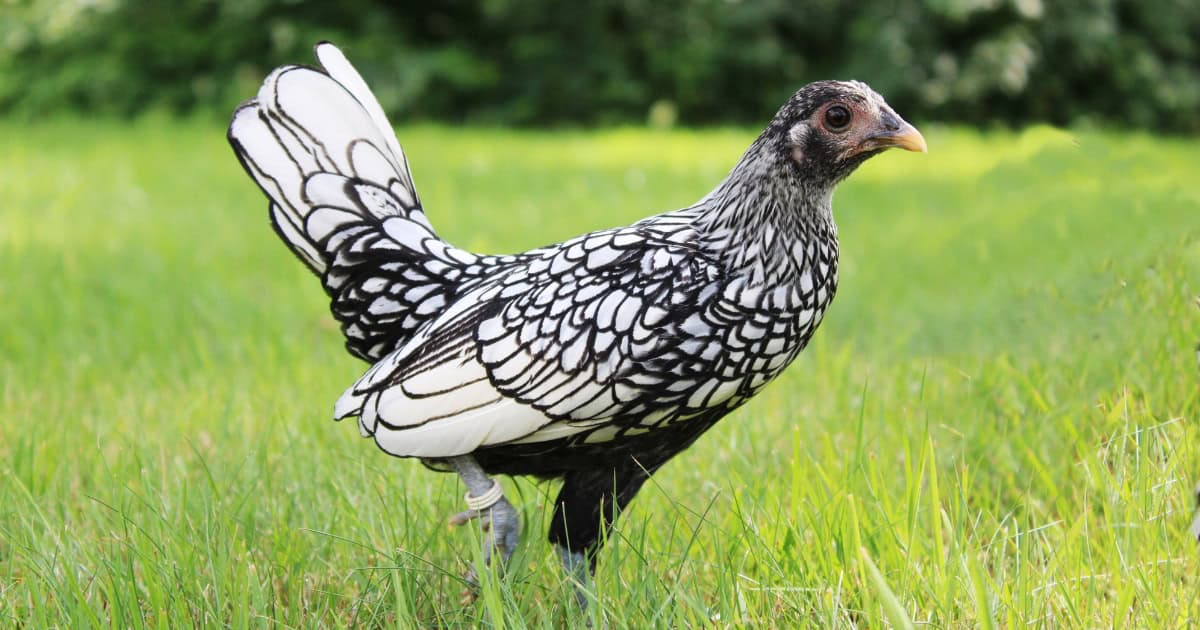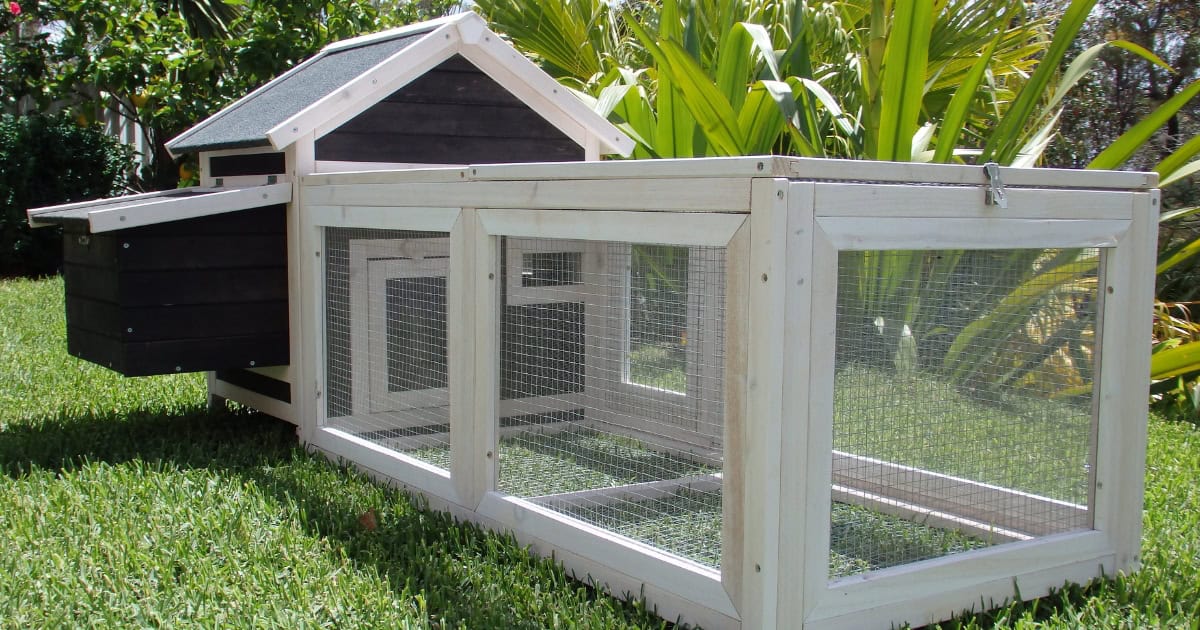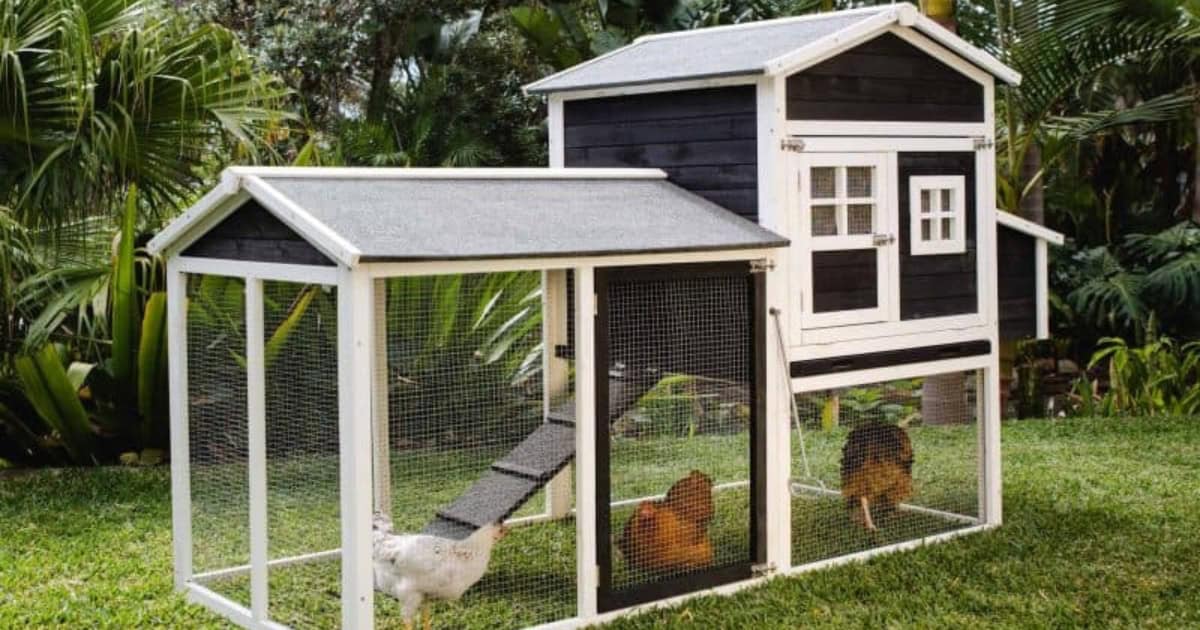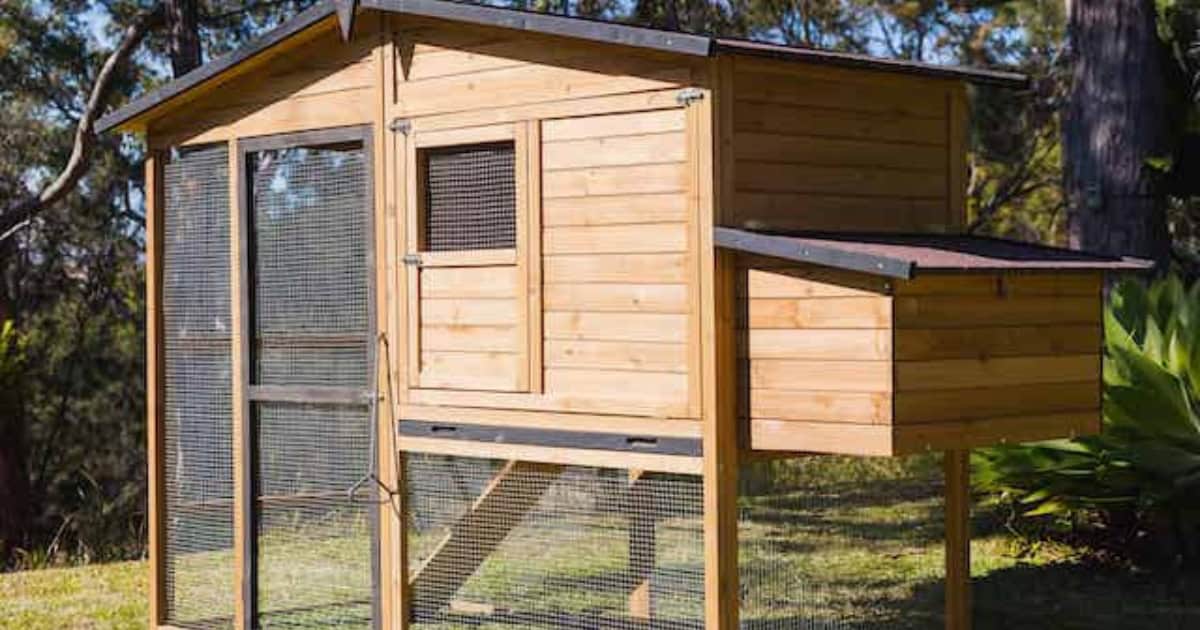Chickens
Bantam Chickens
Bantam Chickens
Bantam chickens in your backyard; it’s an idea that’s rapidly gaining in popularity.
And what’s not to love when they make wonderful pets and deliver eggs fresh to your door every day as well as provide excellent free garden manure?
Bantams are small chickens. Some varieties have been bred to produce miniature versions but other bantam breeds only exist in the small size.
Their small size makes bantams a great choice for the average backyard. The advantages of bantams over their larger counterparts include:
- Require less space
- Eat less food
- Easier to handle
There are 100’s of bantam chicken breeds available and it’s important to choose the right breed for your needs and situation. If you are time poor the first section provides some handy hen-peck sized answers.
But if you want more detail then the rest of the article provides more in-depth knowledge about choosing a bantam, where to buy and how to look after them.
What Is a Bantam Chicken?
A bantam chicken is simply a small chicken. In most cases bantam chickens are smaller versions of a larger variety.
They can be 50 to 75% of the size of the larger breed. Many of the most popular breeds have bantam versions as well.
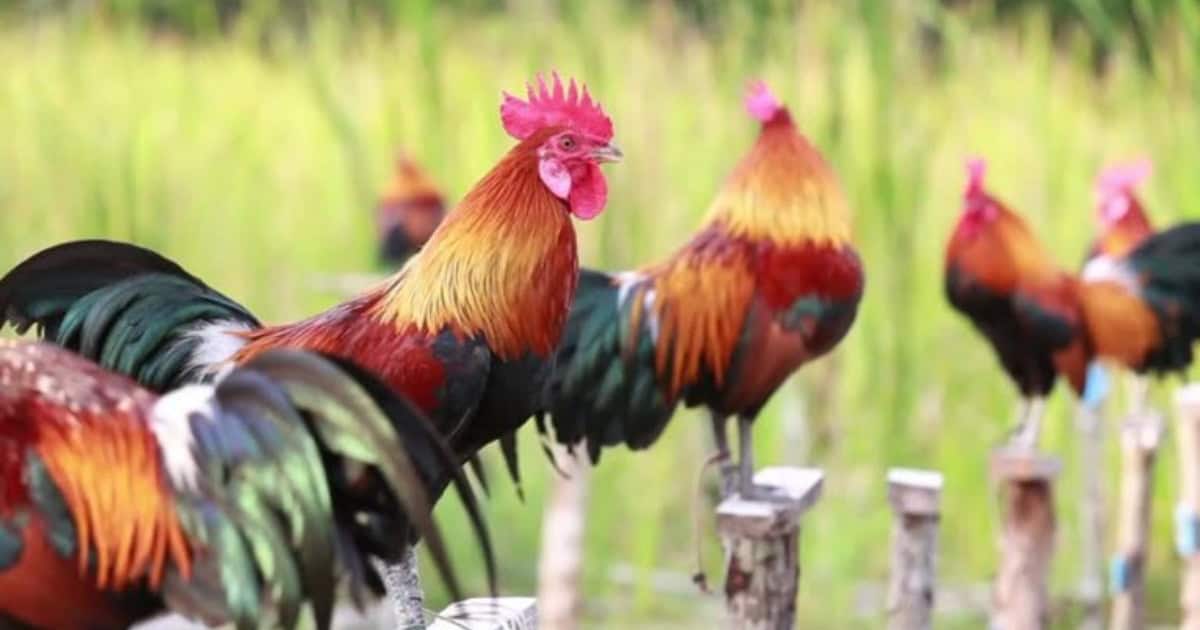
What Is The Smallest Breed Of Bantam Chickens?
The smallest bantam variety is probably the Dutch weighing in at around 500 grams on average.
The Belgian D’Anver is another featherweight hitting the scales at around 600 grams. Other popular tiny bantams include the Belgian D’Uccle, Seabright, and Serama bantams.
Are Bantam Chickens Good Egg Layers?
Although most bantams can’t compete with the top laying bigger breeds for the sheer number of eggs most bantams still produce good numbers of rich, fine-tasting eggs.
A very general guide is if the larger version is a good layer then the bantam version probably is too.
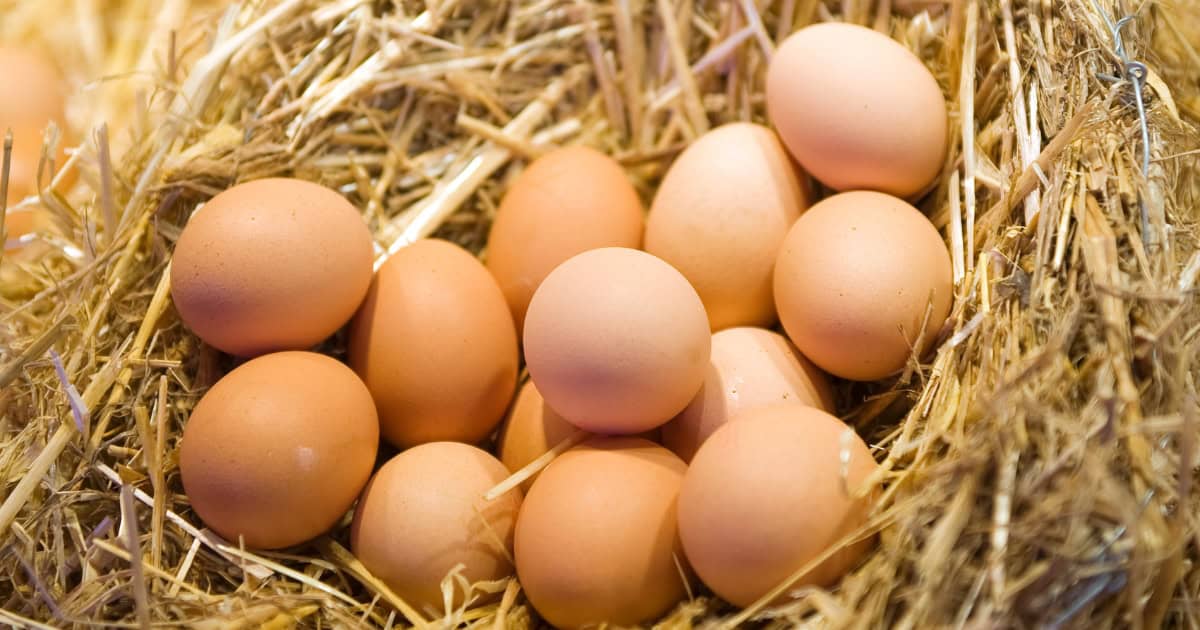
Which Bantam Chickens Are The Best Layers?
Easter Eggers, Brahma, Plymouth Rocks, and Sussex are some of the best egg laying bantams.
They might produce slightly smaller eggs than their larger counterparts but they consistently produce good numbers of eggs.
These breeds also happen to be hardy and boast heaps of personality so make great pets too.
What Is A True Bantam?
True bantams are chicken varieties that only occur in the small size.
True bantams are naturally small as opposed to the bantam breeds that have been deliberately bred from larger varieties.
True bantam breeds include the Booted bantam, Nankin, Pekin, and Seabright.
Bantam Chicken Breeds
Just as with regular sized chickens you need to think about your requirements before you choose your bantams.
Is a regular egg supply important or are they simply for show? Are you looking for easy-care pets that will love being handled by your children?
Bantam varieties lay claim to some of the most spectacular plumages and appearances in the chicken world.
The gorgeous colourings and spectacular body shapes of some of the true bantams in particular make them a great choice as show birds.
If you are interested in showing your birds you might want to consider varieties such as the Serama, Seabright, Rosecomb, or the Bearded Belgian bantam varieties.
You’ll also want to consider your local climate as some breeds don’t tolerate cold conditions well.
Some bantams fly really well too, despite their size, and this may be an important consideration if you live in a busy suburban area.
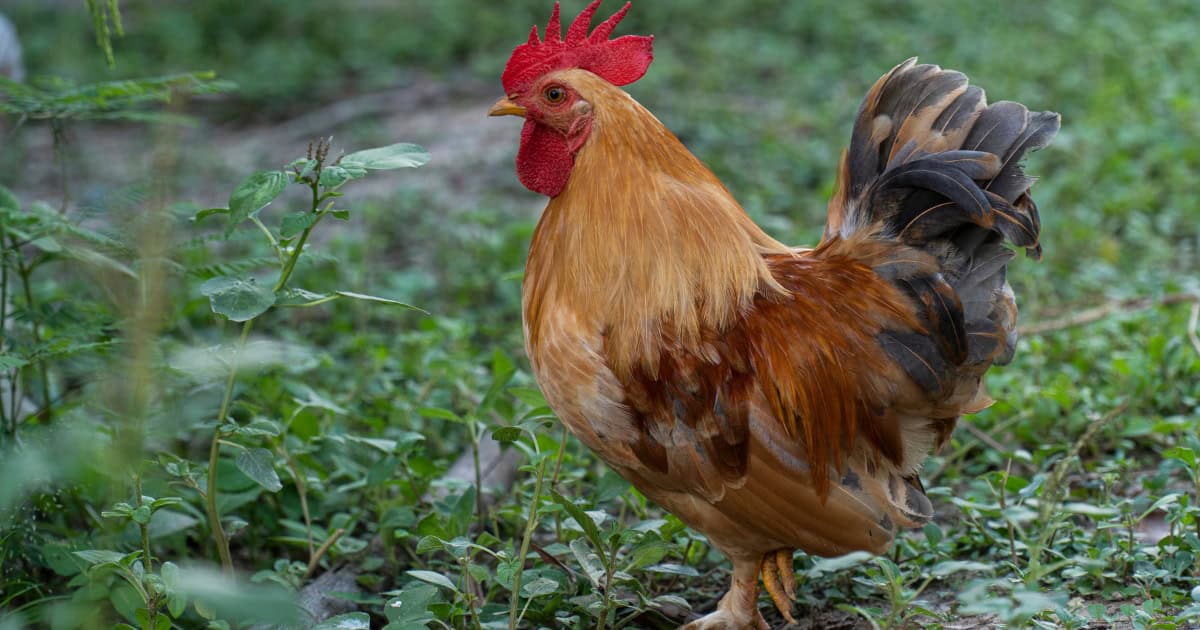
Bantam Eggs
As a general rule, bantam versions of larger consistent egg laying varieties will produce more eggs than true bantam versions. High yielding bantam varieties include:
- Ameraucana (4 eggs per week)
- Brahma (3 eggs per week)
- Sussex (4 or 5 eggs per week)
- Plymouth Rock (3 or 4 eggs per week)
- Australorp (4 to 5 eggs per week)
Most bantam eggs are on the smaller side (perhaps a 3rd to ½ the size of the full-sized versions).
But again bantam versions of larger breeds will tend to be closer in size to the eggs from their larger cousins.
Despite their size, bantam eggs are still just as nutritious as the larger eggs. In fact, the egg yolk to egg white ratio is usually higher in bantam eggs.
Size Comparison
As a rule, most bantams weigh between 400 grams and 1100 grams. Bantam versions usually weigh around 70% to 75% less than their larger cousins.
The table below gives a weight comparison between some popular large breeds and their bantam versions.
|
Breed |
Full sized cock |
Full sized hen |
Bantam cock |
Bantam hen |
|
Leghorn |
3.4kg |
2.5kg |
1kg |
900g |
|
Brahma |
4.5 – 5.5 kg |
3.2 -4.1 kg |
1kg |
900g |
|
Sussex |
4kg |
3.2kg |
1.2kg |
800g |
|
Plymouth Rock |
3.4kg |
2.9kg |
1.3kg |
1.1kg |
|
Barnevelder |
3.6kg |
3.2kg |
900g |
740g |
|
Dorking |
5-6kg |
3.6-5kg |
1100g |
910g |
|
Orpington |
5kg |
3.6kg |
2kg |
1.6kg |
|
Wyandotte |
4.1kg |
3.2kg |
1.7kg |
1.3kg |
Naturally, the smaller size means bantams take up less space in your backyard, that’s just another great reason to look at getting bantam chickens.
Do Bantam Chickens Make Good Pets?
Many bantam varieties make wonderful pets thanks to their docile, friendly natures.
Bantams are social creatures and will be quite happy for your children pick them up and handle them especially if you get the chickens used to it from a young age.
These varieties will happily keep you company as you work in the garden too.
The following varieties are particularly popular as pets thanks to their friendly natures and gentle personalities:
- Seabright
- Brahma
- Japanese
- Pekin
- Dutch
- Australorp
- Frizzle
Climate
Some bantam breeds such as the Australorp and the Australian Langshan, having been bred in Australia, cope very well with everything the Aussie climate can throw at them.
Others like the Brahma may cope well with both extremes although you might have to take care to avoid fungal problems in wet conditions.
Most of the major bantam breeds are fairly hardy and will tolerate a range of climatic conditions but if you live in areas subject to more extreme weather conditions you might want to consider these breeds.
Cold Climates
- Ameraucana: cope very well with cold conditions but may struggle in hot climates.
- Barnevelder: very cold tolerant.
- Wyandotte: thrive in cold, wet conditions.
Hot Climates
- Belgian Bearded d’Uccle: very hardy and heat tolerant but don’t cope so well with the cold
- Frizzles: need warm climates and don’t cope well in wet, cold conditions
- Houdan: love the heat
- Japanese: happy in hot climates
- Serama: their low wings make them unable to tolerate wet, muddy conditions
What’s It Cost to Feed Bantam Chickens?
It pays to think about how much it will cost you to feed your chickens so you know how much value you’re getting out of your little egg-producing machines.
Bantam breeds, because of their small size tend to be much cheaper to feed than their bigger cousins anyway.
But the following breeds are particularly economical to feed:
- Silkie
- Rosecomb
- Frizzle
- Japanese
- Belgian Bantams
- Sebright
Chicken Coops for Bantams
Bantam chickens will still require the same housing and care that their larger cousins need but on a smaller scale.
Remember that bantams are highly social creatures and will happily nestle up with each other in a nesting box. Bantams love to have perching posts at different levels.
It’s important to choose a chicken coop that keeps your bantams safe from predators such as cats, dogs, foxes and snakes.
If your bantams are great flyers it may be worth considering one the Somerzby range that has additional run space such as the Homestead or Resort chicken coop and run.
The Mansion and Large chicken runs give additional space for your bantams to forage in safety.
These can be standalone or be attached to coops such as the Homestead, Manor or Estate. The Tractor chicken coop means you can easily move your hens from area to area.
The Somerzby range of chicken coops feature sturdy nesting boxes with easy access for collecting eggs.
Cleaning is made easy thanks to the pull out galvanised steel tray. Weatherproof asphalt roofing keeps your hens warm and dry and the tough galvanised netting allows good ventilation as well as keeping the predators and pests out. The framing features rot-resistant fir timber that will last for years.
There is a Somerzby chicken coop ideally sized for your bantam family. The table below is a useful guideline.
2 Chickens – Cottage, Deluxe Cottage
3 – 4 Chickens – Bungalow, Holly, Chalet
5 – 6 Chickens – Mansion, Deluxe Mansion
6 – 8 Chickens – Estate
9 – 12 Chickens – Homestead
Where to Buy?
Buying chickens is like anything else; you usually get what you pay for. Reputable breeders, farms, pet shops may all be sources of healthy chicks.
It’s worthwhile talking to members of your local poultry club too.
Make sure you check for the required vaccinations and if you’re interested in breeding or showing you’ll want to verify the bloodlines of any chickens you purchase.
You can buy day-old chicks and raise them yourself. But be aware it isn’t always possible to determine the sex of little chicks until after the first month.
This is the cheapest way to buy chickens.
A hen about to start laying will probably cost you around $20 and pullets (hens under one year old) that have proven their egg-laying ability will cost more.
Before you make your purchases do check out your local council requirements on maximum numbers of poultry allowed in your area.
Look after your bantams and they will give you years of pleasure and plenty of eggs for your pancakes.




